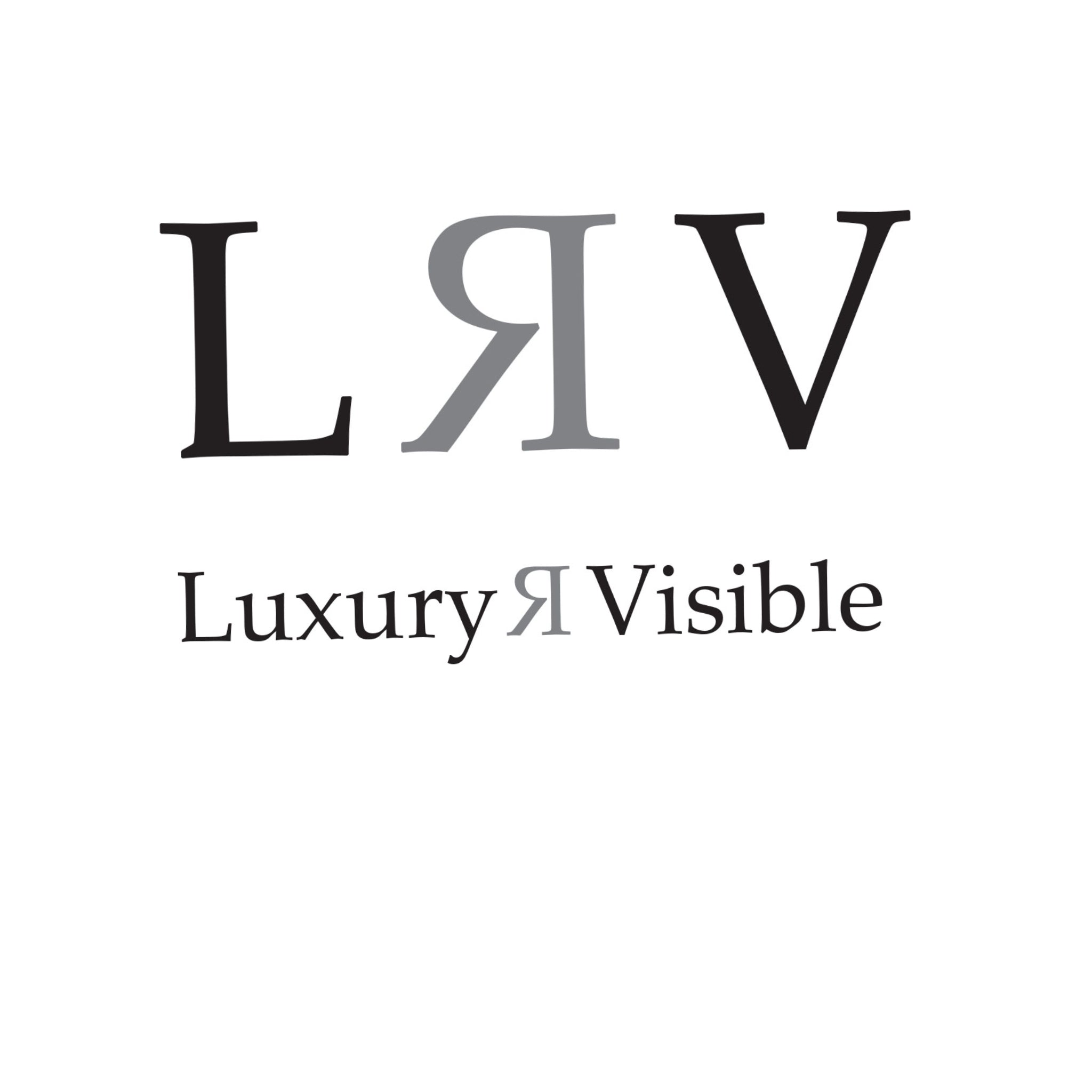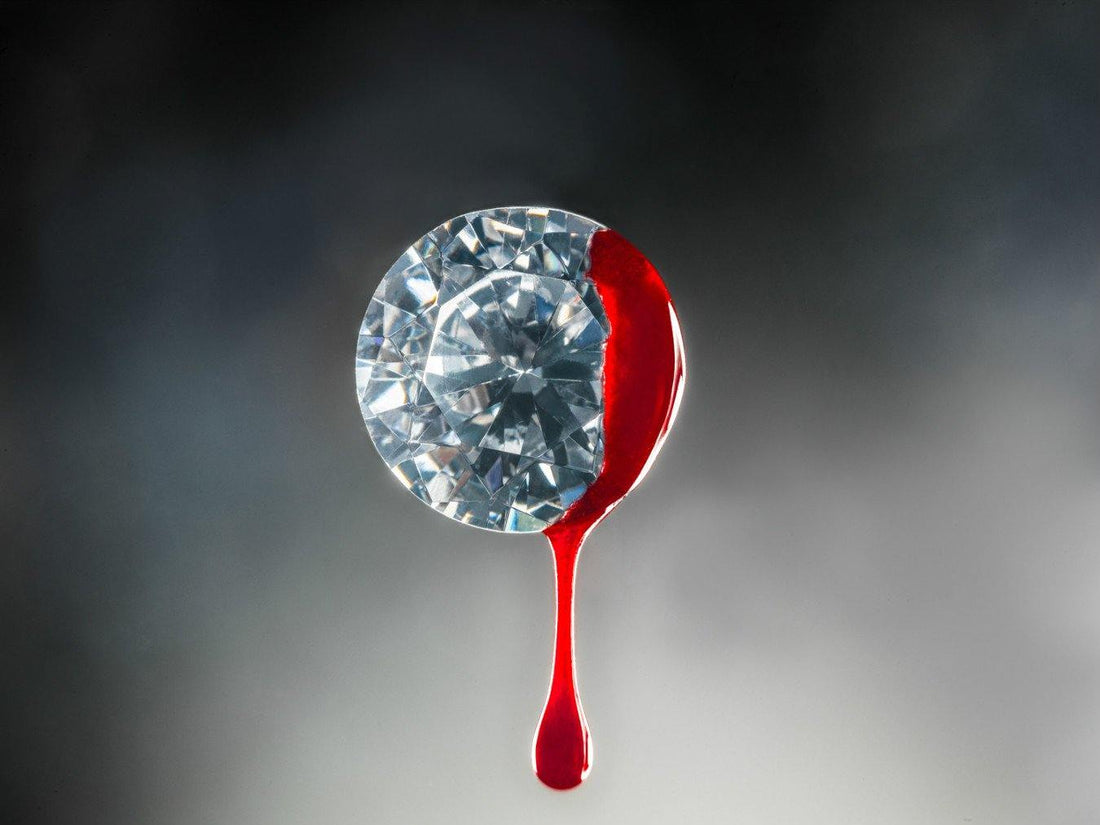What are "Blood Diamonds"?
The film Blood Diamond documents the path of a large pink diamond found by a fisherman operating as a slave in a rebel-controlled diamond mine in Sierra Leone in the 1990's. The diamond has changed and ended many lives and this stone's history carries a strong social message.
The tale is fictional, but based on reality. The tale will help you understand how a mineral resource will fuel thousands of people marginalised and slaughtered. This is not a problem in the first place. It has happened with ivory and gold in Africa before
"Conflict Diamonds"?
Blood diamonds, also known as "Conflict Diamonds," are stones created in areas controlled by rebel forces which challenge internationally recognised governments. The rebels are selling those diamonds, and the money is being used to buy weapons or finance their military acts.
Blood diamonds are also produced by male, female and child forced labour. They are also stolen or confiscated during shipping, by targeting legal producers' mining operations. Those attacks may be on a major military operation's size.
The stones are then sneaked into the international trade in diamonds and sold as legit gems. Such diamonds are also the rebels' main source of funding; however, weapons traffickers, smugglers and deceptive diamond traders make their actions. Enormous sums of money are at stake, and methods of activity are bribery, intimidation, torture, and murder. This is why the term "Blood Diamonds" is used.
"Kimberly Process"?
Conflict Diamonds flow originated primarily from Sierra Leone, Angola, the Democratic Republic of Congo, Liberia and the Ivory Coast. The UN and other teams are working to block the arrival of conflict diamonds into global diamond trade.

Map of Diamond Countries in Dispute. Conflict diamonds originated in Yellow Countries. As of December 2006 Liberia and Ivory Coast had been subject to sanctions under the Kimberly Process.
Their solution has been to create a government certification mechanism known as the "Kimberly Process." This protocol allows each nation to verify that all shipments of rough diamonds are obtained by legal mining and sales.
All rough diamonds that are shipped from these countries must be accompanied by certificates. These certificates state that they made, sold, and exported the diamonds through legitimate channels.
The certification process accounts for all rough diamonds, from mine to retail sale, through every stage of their movement. Retail customers purchasing a cut diamond are advised to rely on a certificate of sales that shows that their diamond came from a source free from conflicts.
"Conflict-Free Diamonds?"
Nations that agree to join the Kimberly process are not authorized to trade with non-member nations. It is believed that the Kimberly Process has significantly decreased the number of Conflict Diamonds which enter international gem markets.
Today the Kimberly Process is being implemented by 81 governments and many nongovernmental organisations. As of December 2006, the only two nations that remain under Kimberly Process sanctions were Liberia and Ivory Coast. It is estimated by the World Diamond Council that 99 per cent of all diamonds are now conflict free.
Legal Trade In Diamonds
The legitimate trade in diamonds provides jobs for more than 10 million workers and brings prosperity to the areas where this activity takes place. Support from all nations and customers for the Kimberly Cycle will turn slavery into employment and smuggling into valued commerce. The plan is successful. Today, almost all the diamonds imported into retail markets come from non-conflict outlets.

